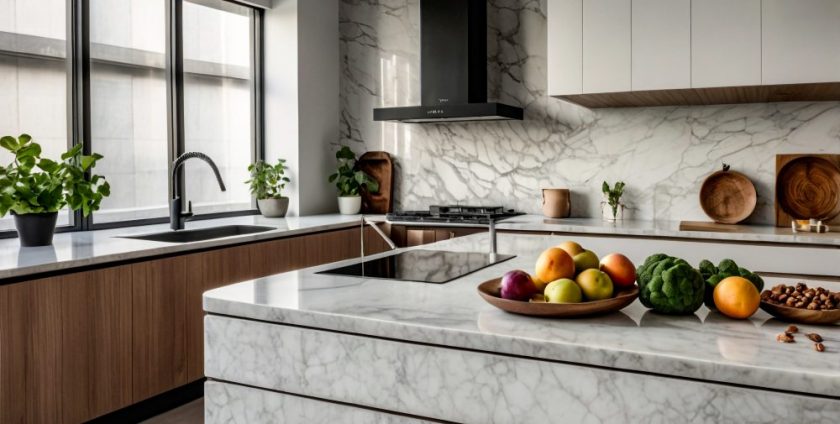
- By: Ryo
- Tags: countertop, kitchen, kitchen design
- Category: Kitchen Countertops
- 0 comment
Countertop points should be assessed and surveyed properly before deciding on finally making a purchase as it will help determine one that best fits the intended use and aesthetics. Here are 6 vital points to be aware of.
Countertop Points #1: Costing And Financial Requirements
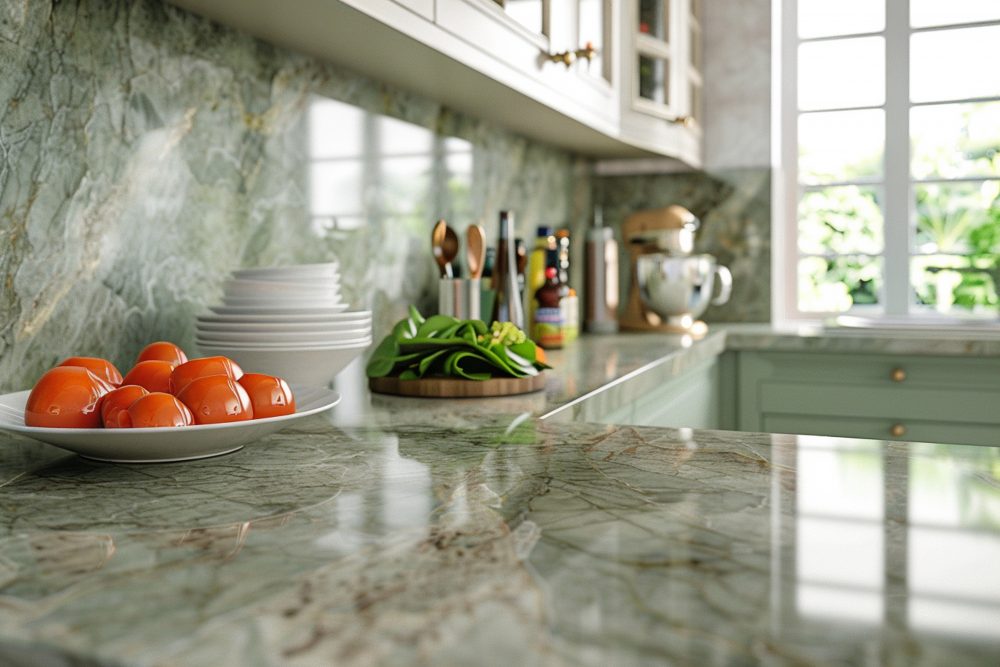
The first thing to consider when selecting countertops is understanding the cost involved and based on that information, setting a realistic budget in which you can intelligently invest. Countertop materials are normally available in a very broad price range — knowing which material fits into your budget will enable you to make an otherwise inappropriate choice. Laminate is often the most budget-friendly countertop option.
These provide an inexpensive solution with various designs but tend to be less durable than some of their higher-end counterparts. In the same way, granite and quartz countertops come at a different price range — this option is way more expensive but it assures great durability, heat resistance and an excellent, stylish look that will pay itself off in the long term.
In the high-end budgets, marble countertops can much more pricey. While marble does bring an eternal, high-class look, it tends to stain and scratch easily which might significantly increase costs over time for maintenance. Other high-end materials like concrete or recycled glass fall into this higher price bracket but can also offer unique design features.
Add installation costs depending on the complexity of the job and material. Other variables that may increase the total cost are options for customisation — edge profiles, thickness and integrated sinks. Not to mention, a home owner should also consider how much each material will cost to maintain such as ongoing sealing or other needs like marble or granite.
A knowledgeable choice such as considering the balance between material cost, installation, and ongoing maintenance can be made to keep it within your budget. While higher-end materials may require a significantly larger upfront investment, their durability and aesthetic value is often well worth it over time especially if it increases the resale value of your home.
Countertop Points #2: Maintenance Efforts

When surveying countertops, maintenance is the aspect that decides how long and useful your particular choice will last. Different countertop materials require different levels of maintenance and being informed of those needs will help your countertop stay useful and look great for years to come. For example, natural stone countertop materials like granite and marble require periodic sealing to retain their stain-resistance and moisture-resistance properties. If these surfaces are not resealed, it results in absorption with water, stains and discolouration — they would be less apt in a busy kitchen if the proper maintenance is not followed.
Engineered stone products on the other hand like quartz are non-porous and require much less upkeep — they have become the favourite among people who want durability with the least effort. Other materials, like wood countertops need to be oiled constantly in order to retain an attractive appearance and not crack on the surface. They are also quite sensitive to scratches and dents which could be subjected to sanding and refinishing.
Stainless steel, while easy to clean, is still prone to scratches and fingerprints and needs occasional wiping down to show its brilliance. On the other hand, laminate countertops are easy to maintain but they are prone to heat or knife damage and thereby require some careful usage in food preparation. Another very key aspect of consideration is choosing a countertop whose maintenance can fit into your lifestyle — for busy homes or those that would not want much fuss, quartz or solid surface countertops are excellent choices since they do not support bacteria and do not require sealing.
The presence of natural stone or wood will render excellent service if appearance is an issue and one does not mind putting in maintenance time. Lastly, factoring in the level of care each of them needs will save time, money and effort in the long run and will keep countertops as a long-lasting investment.
Countertop Points #3: Resistance Towards Impacts
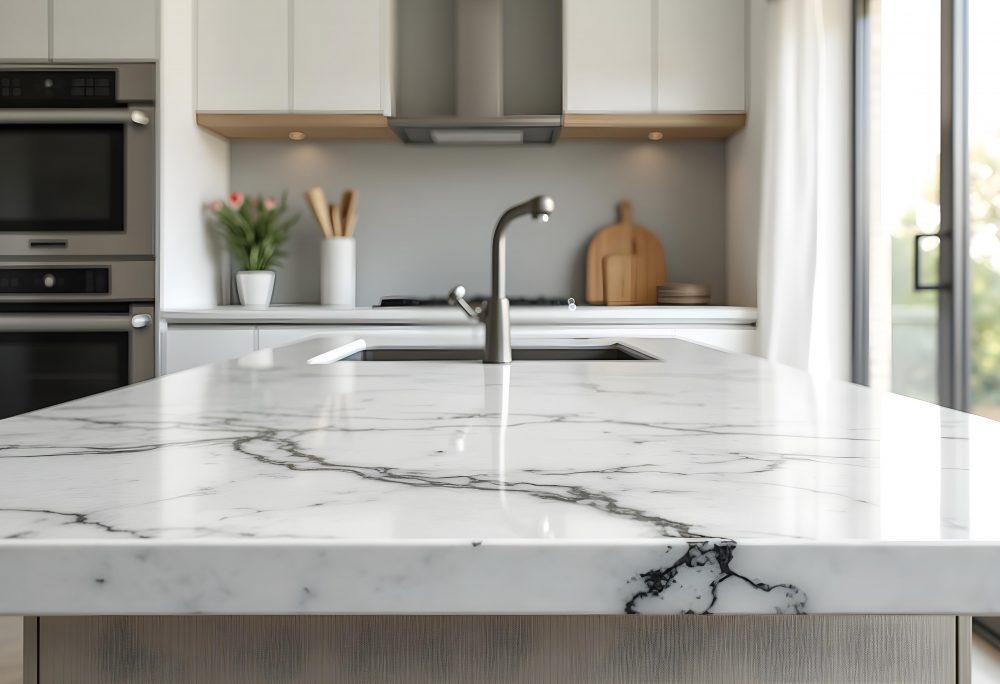
Impact resistance plays a vital role in the selection of countertops for kitchens and high-traffic areas. Resistance defines the life span or practical usage of a countertop — depending on its ability to bear heavy impacts from falling objects such as pots, pans or any kitchen utensil. Material types include granite and quartz which are highly resistant to impacts, they are very suitable for busy kitchens where heavy-duty use would be frequent. These are less likely to chip or crack on impact and will retain their look and functionality over a longer period of time.
On the other hand, marble and laminates are more prone to serious damages caused by hard impacts. Marble, being one of the softer stones tends to chip quite easily while most laminate countertops will tend to have some form of cracks or indentation. For homes with active members, engineered stone such as Silestone offers good resistance to impact besides including added features such as non-porosity and stain resistance.
The other important factor is the thickness of the countertop material. Thicker countertops are more resilient to impact because they can provide greater structural support and stability. In case you chose thinner materials, consider reinforcing the countertop with a strong substrate to improve its durability.
Other materials such as concrete or stainless steel also present themselves well for commercial settings where the countertops are likely to go through more extreme use and incidental contact because of their strength. Finally, impact resistance will play a major role in material selection to ensure the countertop looks great and is durable enough to put up with daily activities — minimising repairs or replacements over time.
Countertop Points #4: Function And Use
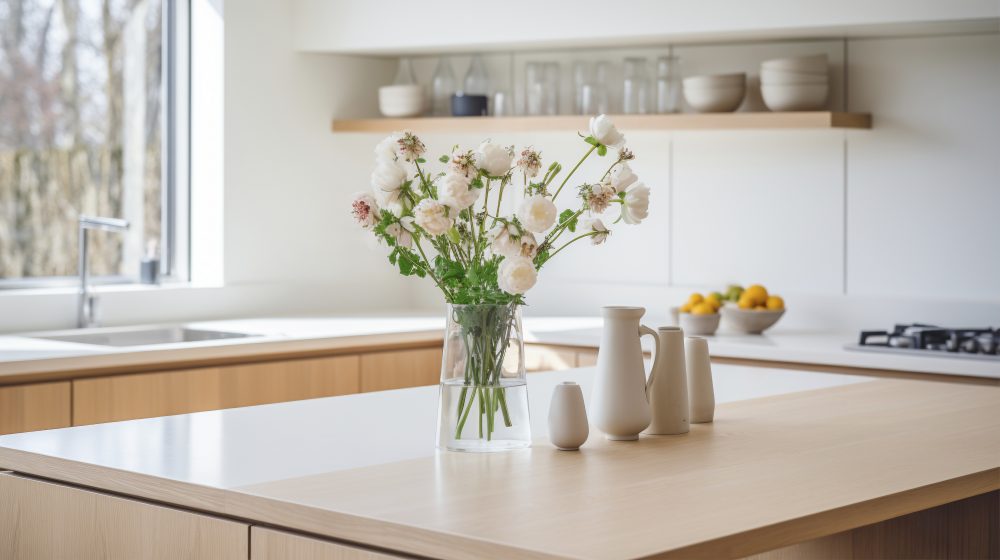
While surveying countertops, functionality is indeed another vital consideration factor that directly or indirectly dictates the overall working efficiency and accessibility in a kitchen or workspace. The functionality of the countertop lies within providing a durable and reliable working surface area for preparing, cooking and performing other functions — the choice of material is imperative.
For instance, materials like quartz and granite will provide great durability in terms of scratches, stains and heat. This type of countertop fits high-traffic kitchens where food is prepared frequently. In addition, its surface would have to meet various roles that may be carried out on top — from dough being rolled out on the surface to carrying heavy appliances. It will be important to look into the thickness of the countertop and the edge profile.
These are necessary in adding strength and safety. Thicker counters come out a little more massive — further helping to make them tough for the busy kitchen or bathroom area. Further, a seamless type is necessary to prevent bacteria growth and provide ease of cleaning especially around the food preparation areas.
The aspect that attaches to this concerns functionality related to the configuration of the layout for the countertop area. It would also optimise workflow, providing the easiest movements around the cooking zones either with an L-shaped or U-shaped countertop while an island can be both additional workspace and a casual dining area.
Furthermore, the material that the countertop will be made from will relate to the purpose it will serve daily. Last but not least, resistance to spills, heat and impact is of great importance — it is important to understand the particular demands the kitchen will face and select the countertop in such a way as to meet these needs which is great in allowing functionality and aesthetics to work in perfect harmony. Generally speaking, functionality on countertop surveys is really key to an efficient and at the same time, user-friendly environment.
Countertop Points #5: Looks And Aesthetics
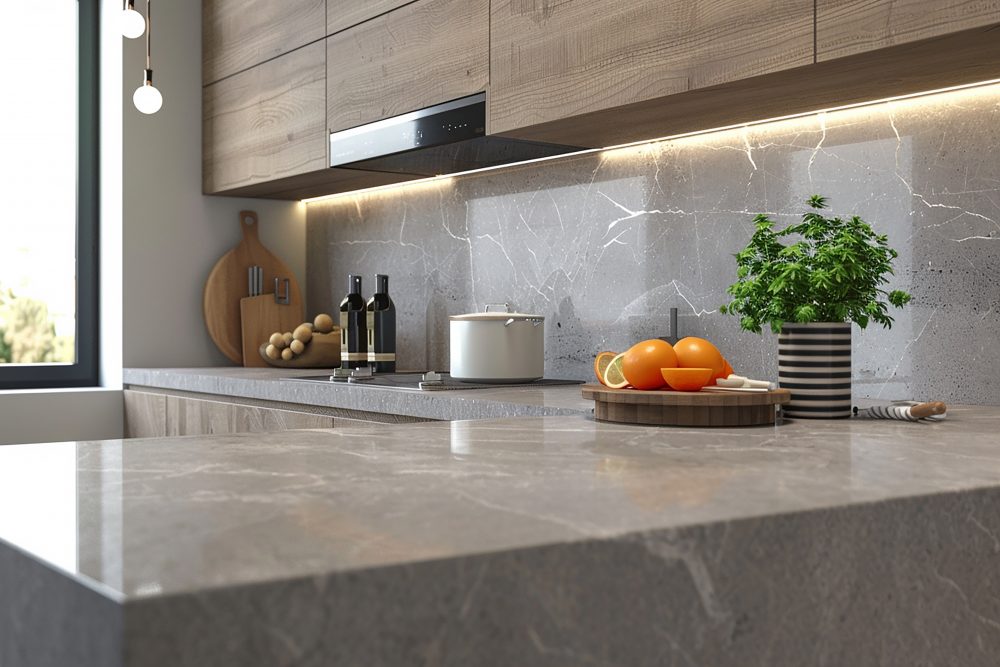
While surveying countertops aesthetically, either in design or functionality, they could really make great changes to space in general. As a matter of fact, a visual countertop can complement or intrude upon the intended ambience of a kitchen, bathroom or workspace. The value is aesthetic, since the chosen material will be natural stones such as granite and marble showcasing their aristocracy with their unique veining and patterns while the engineered ones like quartz provide a consistent look which can be made to order to suit modern design tastes.
Colour selected is also of prime importance — warm tones may work wonders for warmth and cosiness while cool colours can achieve a modern, sleek look. Aesthetics also come into play with the countertop’s edge profile. A beveled or rounded edge softens the look while a straight edge gives it a clean minimalist feel. The thickness of the countertop adds to its visual heft. Thicker surfaces tend to feel more sturdy while thinner profiles often read sleeker.
Furthermore, it will be important to think about how the countertop will interact with other design elements in the space such as cabinetry, backsplash and flooring. A cohesive palette that harmonises the countertop with these elements can create a seamless flow throughout the room. Additionally, the finish on the countertop surface-polished, honed or texture can affect reflecting light and tactile experience, adding depth to the overall design.
While aesthetics deal with the look, they also provide much needed functionality and make the space welcoming — reflecting one’s personal style while enhancing the user experience. It is here that the aesthetic factors when carefully judged while surveying the countertops help home owners in decision-making for adding grace to the interiors.
Countertop Points #6: Look And Feel Of Edges
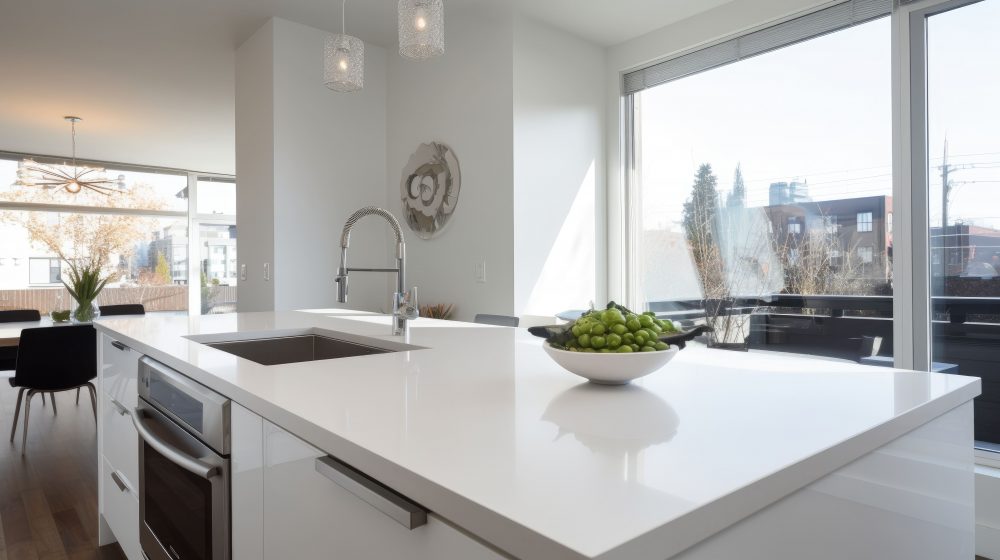
Edge profiles are very important in the survey of countertops and may greatly affect both aesthetics and functionality. Edge profiles refer to the shape and design taken by the edges which dictates the overall look and feel of the space. The styles vary from simple, straight edges to elaborate designs such as bullnose, bevel and many others. The straight edges have a clean, modern look and are often easier to keep than other types so it works quite well in high-traffic areas.
Rounded edges provide a softer look, creating a more inviting in appeal. Families with kids might find this option great because it reduces the chances of injury. The edges of beveled add a touch of sophistication while providing a modern flair that can make the countertop look far more exciting. In addition to aesthetics, edge profiles also provide a very critical role in durability and maintenance when it comes to countertops. The chipping and damage can at least be minimised with certain edge designs especially for softer materials like marble or granite. The profile chosen might affect cleaning ease since rounded edges are far easier to clean than more ingenious designs that may catch dirt or grime.
This selection of edge profiles has to do with the overall purpose that the countertop is going to serve and the needs of particular users. For example, a busy kitchen would want a heavier edge type to sustain the wear and tear it would encounter day in and day out while a lesser-used space could get away with a more decorative edge. The ideal edge profile should be one that complements the countertop material, contributes to the design aesthetic and meets practical needs for safety and maintenance.
SIGN UP FOR KITCHEN DESIGN IDEAS:
Join over 5,000 homeowners subscribed to our newsletter!